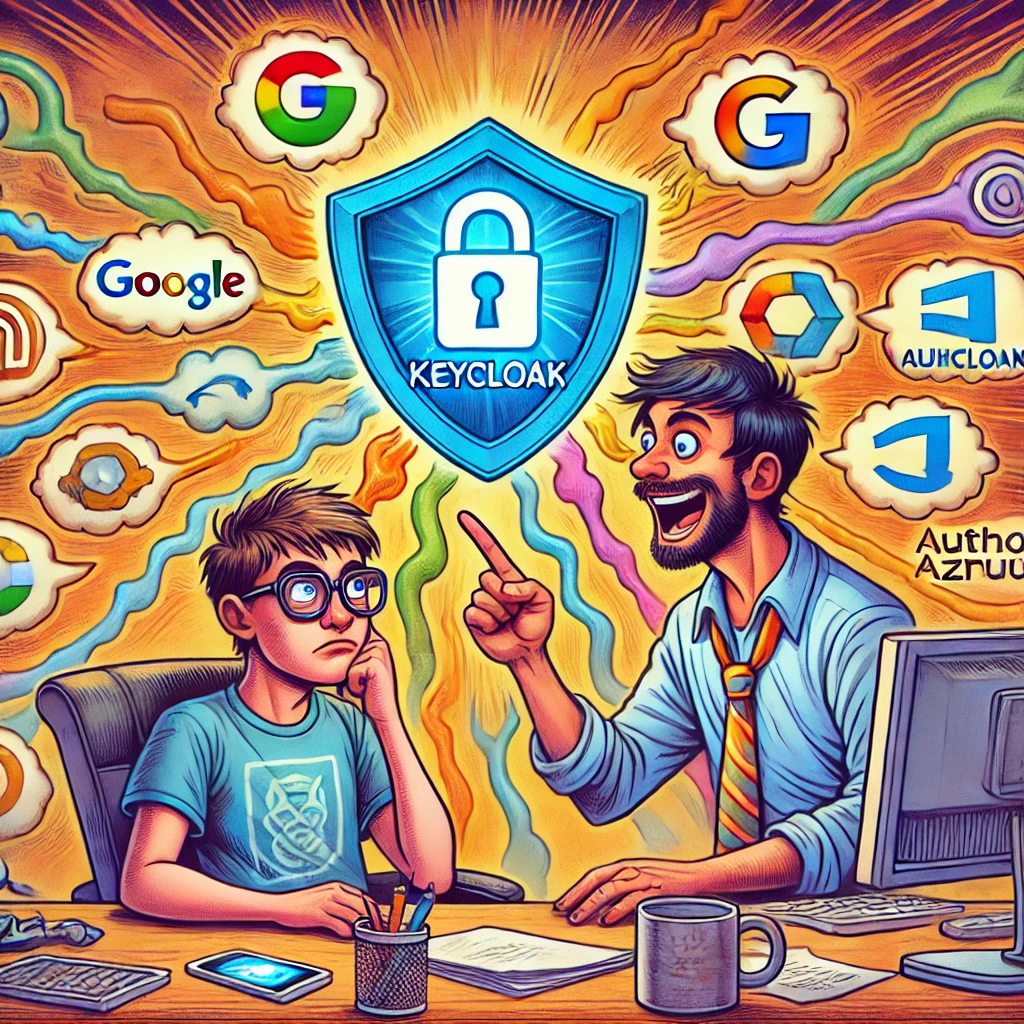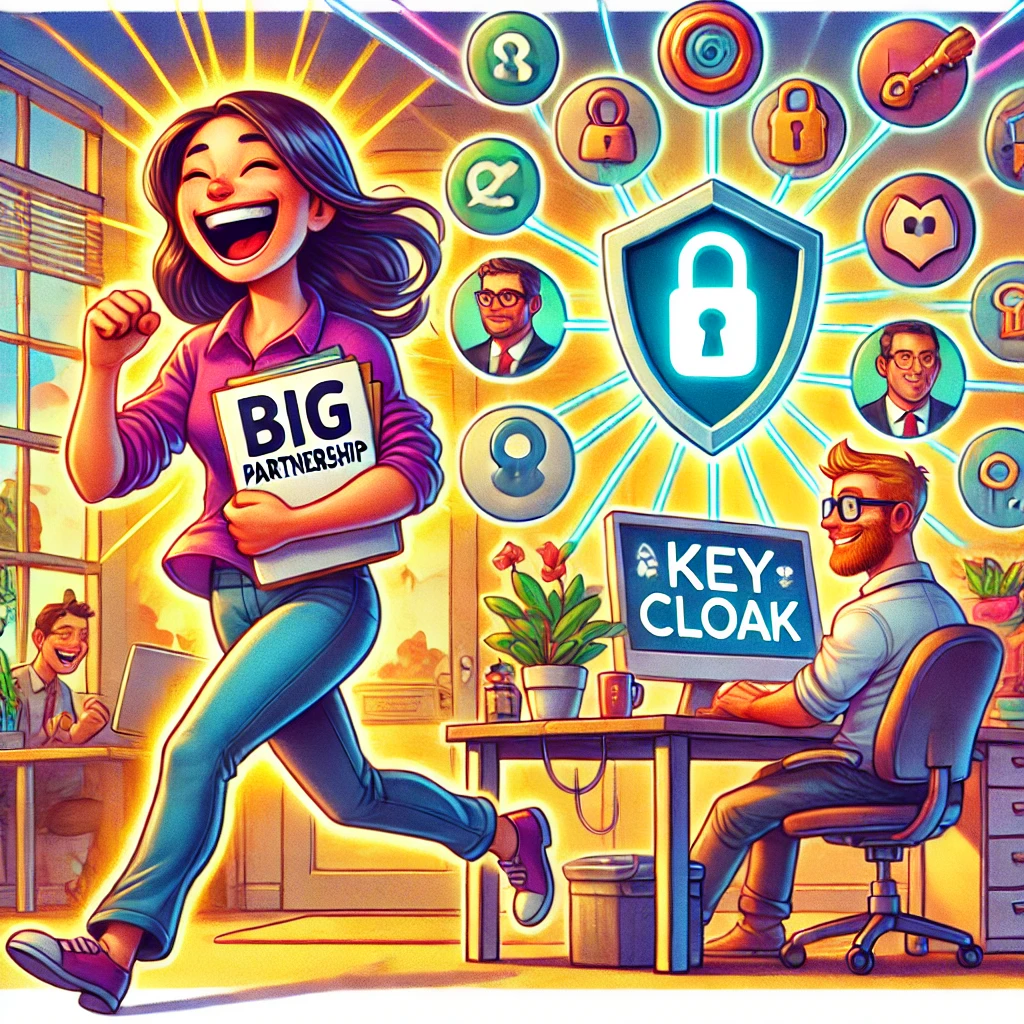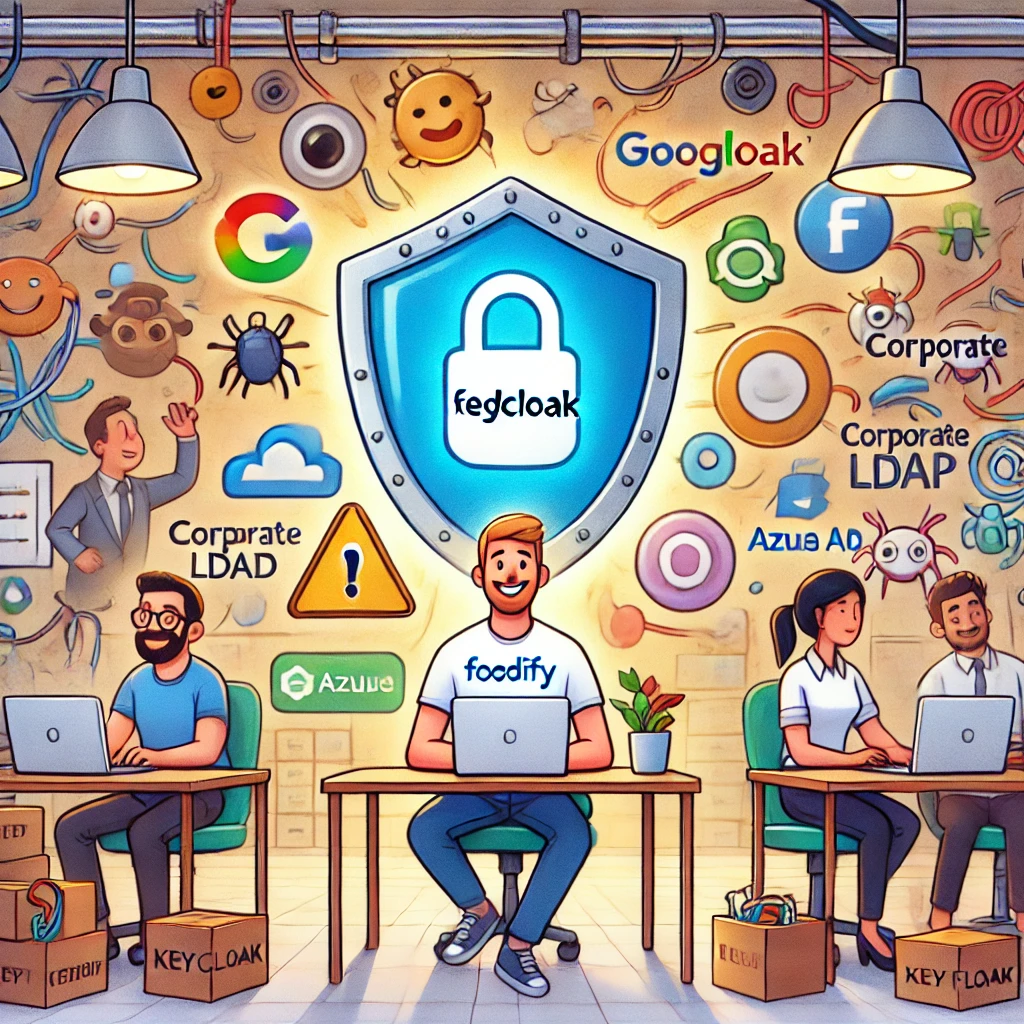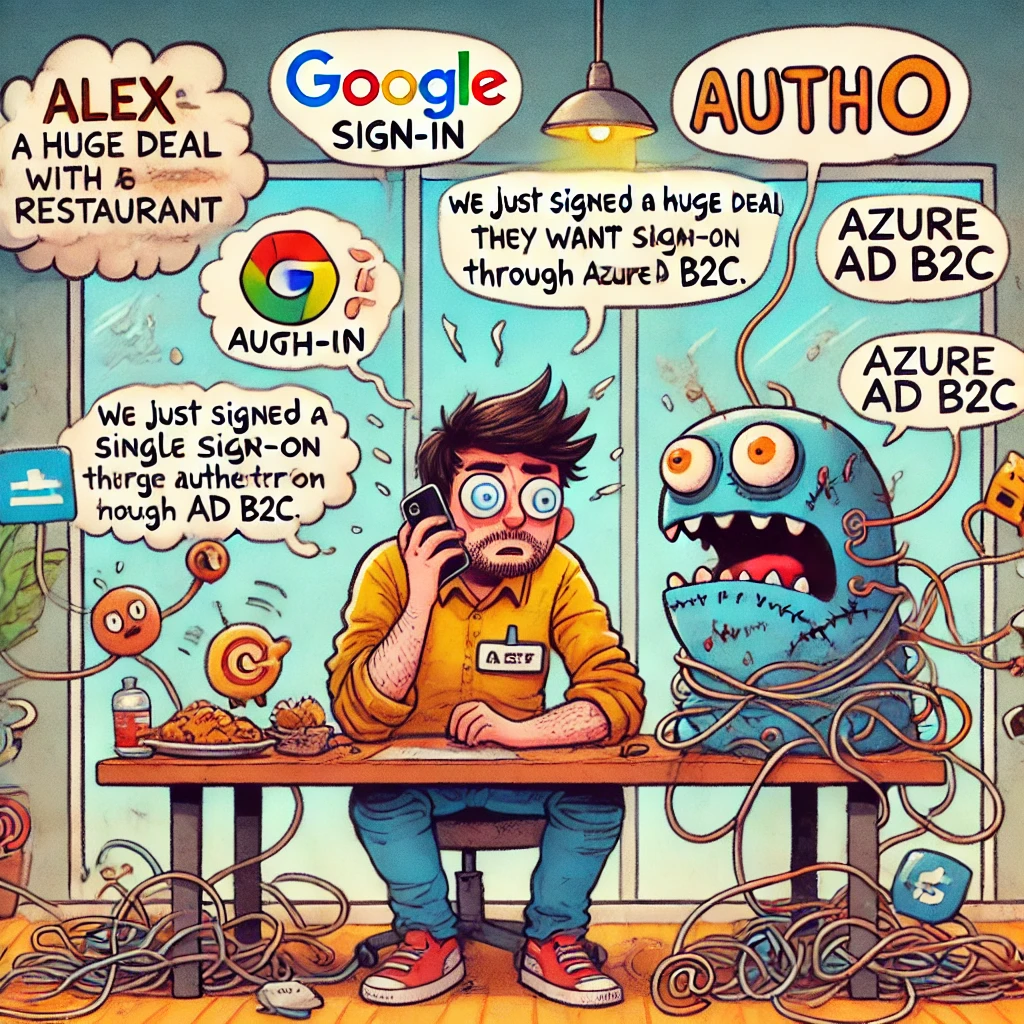So, I’ll tell you the story of Alex, the lead developer at a small but fast-growing startup called Foodify. Foodify was on a mission to let local restaurants build their own online ordering systems. The app was working great—until they started landing bigger clients.
The Day Everything Fell Apart 😰
One Monday morning, Alex received an urgent call from Jamie, the new Head of Partnerships.

“We just signed a huge deal with a big restaurant chain, and they want single sign-on through Azure AD B2C. Can we turn it on this week?”
Jamie’s excitement was palpable. But Alex felt his stomach drop. Foodify’s app already had Google Sign-In and Auth0 integrated. Adding Azure AD B2C meant yet another identity provider to code against, set up, and test. In the past, setting up each provider had become a mini-ordeal—lots of back-and-forth on how tokens were issued, which user attributes came through, and how to store them. And then every integration had little differences that cost the team a lot of time to debug—days, even weeks.
But perhaps the worst problem was that the team never re-visited nor cleaned up any old code in a mad dash to acquire new customers. The result: a frail Frankenstein 🧟 of authentication flows— prone to break when something changed.
Turning to a Higher Power (a.k.a. An Auth Broker) 🦸
That Monday turned into an all-nighter for Alex and the dev team. By Tuesday morning, they were stuck in circles. That’s when a friend from another startup recommended them Keycloak.

“Think of Keycloak like a universal translator for logins,” the friend said.
“Instead of each app talking directly to Google, Auth0, Azure, and who-knows-what else, let Keycloak handle all that complexity. Your app just talks to Keycloak.”
Alex was intrigued but skeptical. More software? Another new system to learn? But the team was desperate for a simpler solution.
A Single Door to Many Providers 🚪
They decided to try it out:
- Install Keycloak on a small server environment they had.
- Configure the Keycloak realm so it knew how to talk to Google Sign-In, Auth0, and Azure AD B2C. Keycloak handled all the tiny details—token exchanges, user attributes, etc.
- Point the Foodify app to Keycloak as the single identity provider.
Now, instead of writing new code every time a new IDP came along, the dev team simply needed to add a new configuration in Keycloak. Foodify’s app code remained unchanged—it just knew to check: “Is the user logged in? If not, redirect them to Keycloak.”
Realms and the Magic of Flexibility 🪄
One unexpected win was the concept of realms in Keycloak. Think of a realm as a separate silo with its own users, settings, and rules. The big restaurant chain wanted a unique look-and-feel for their login page and slightly different account settings—like enforced multi-factor authentication (MFA). Instead of hacking that into the codebase, the team created a separate realm in Keycloak just for them.
- Realm A: Standard Foodify realm (Google & Auth0 logins for small clients).
- Realm B: Custom realm for the big restaurant chain, integrated with Azure AD B2C, plus MFA enforced.
It was completely different login systems to their clients, but behind the scenes, all of this for the Foodify dev team was just Keycloak.
One Place to Customize It All 🏪
Foodify also found that Keycloak provided them with a central place to customize login flows. For example, they wanted to automatically sign up a new user if they arrived from Azure AD B2C and didn’t exist in Keycloak yet. No problem: Keycloak’s built-in authentication flows and user provisioning rules handled it.
Implementing that logic in the past might have involved writing custom policy directly in Azure AD B2C or playing around with another API. Now, all of Foodify’s user flow—including multi-factor prompts, email verification, and role assignments—lived in Keycloak’s configuration.
A few weeks later, Jamie walked into the office with another big partnership. This time the client demanded to use their own corporate LDAP for staff logins. Instead of panicking,

Alex calmly said, “Sure, we can hook that up via Keycloak.”
By the end of the day, they had a working prototype. No all-nighters, no meltdown. Best of all, the main Foodify app didn’t even require changes—no new code. They only needed to tweak Keycloak’s settings to handle the new login method.
Wrapping It All Up 🎁
For Alex and the Foodify team, Keycloak became the invisible guardian of the login process, acting as a buffer between the chaotic, ever-changing world of IDPs and the stable, reliable Foodify application.
In simple words:
- Without Keycloak, people kept coming up to the Foodify devs and saying “We want to log in with X, Y, or Z.” The devs had to bolt on new code, duct tape it together, and hope nothing breaks.
- With Keycloak, they just open up the control panel, add a new realm or a new identity provider configuration, and let Keycloak handle the rest.

They saved time, avoided repetitive integration headaches, and crucially—maintained a stable, secure authentication system. Today, Foodify’s clients can log in from Google, Azure AD, or any other system with ease. And Alex finally has time to focus on innovating Foodify’s core features—rather than chasing down identity integration bugs.
Moral of the Story?
If your apps are juggling multiple login methods—be it Azure AD, Google Sign-In, corporate LDAP, or something else—an auth broker like Keycloak can bring order to the chaos. It’s your backstage pass to simplified integrations, customizable login flows, and a single point of control over security. For Foodify, it turned frantic all-nighters into a streamlined process, letting them focus on what really matters: delighting customers, not wrestling with login code.
References
- Keycloak Official Documentation – https://www.keycloak.org/documentation
- Keycloak GitHub Repository – https://github.com/keycloak/keycloak
- Keycloak Identity Brokering Guide – https://www.keycloak.org/docs/latest/server_admin/#identity-broker-overview
- Keycloak Realms Explained – https://www.keycloak.org/docs/latest/server_admin/#realms
This post is whipped up with a dash of AI wizardry—images conjured by DALL-E and words polished by GPT. Feel free to sprinkle your own creativity, share it around, or remix it to your heart’s content! ❤️

